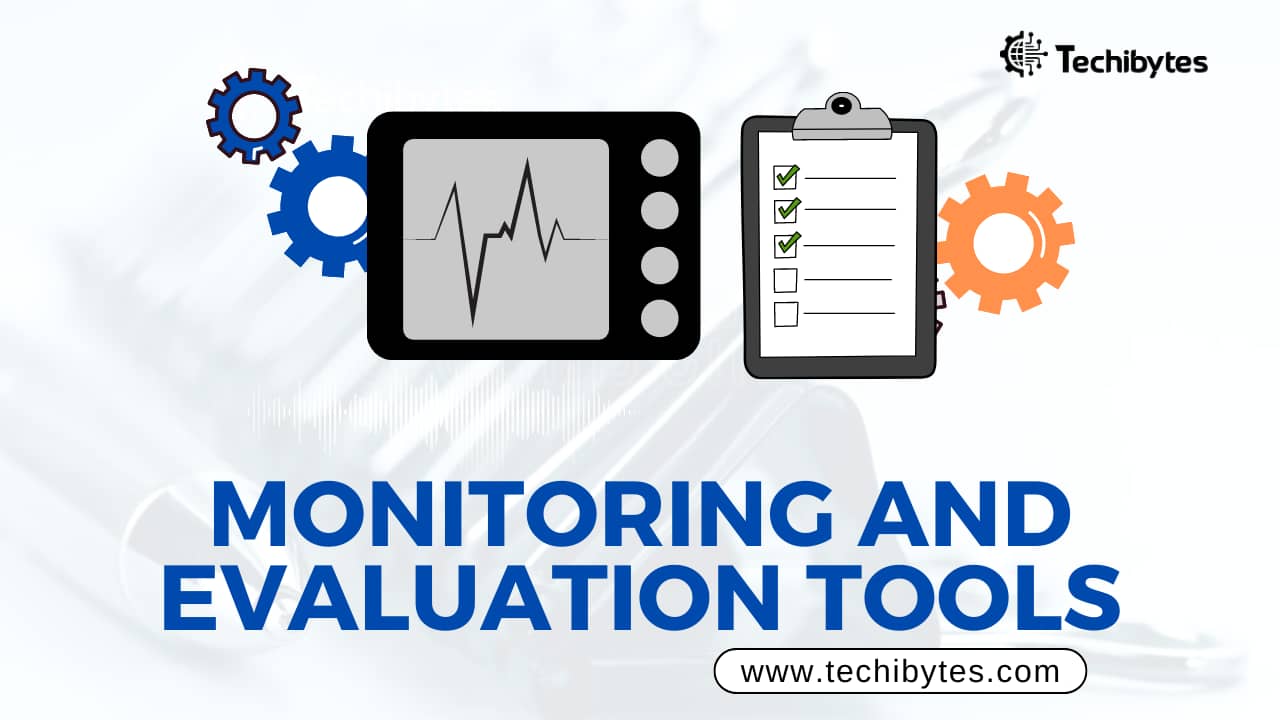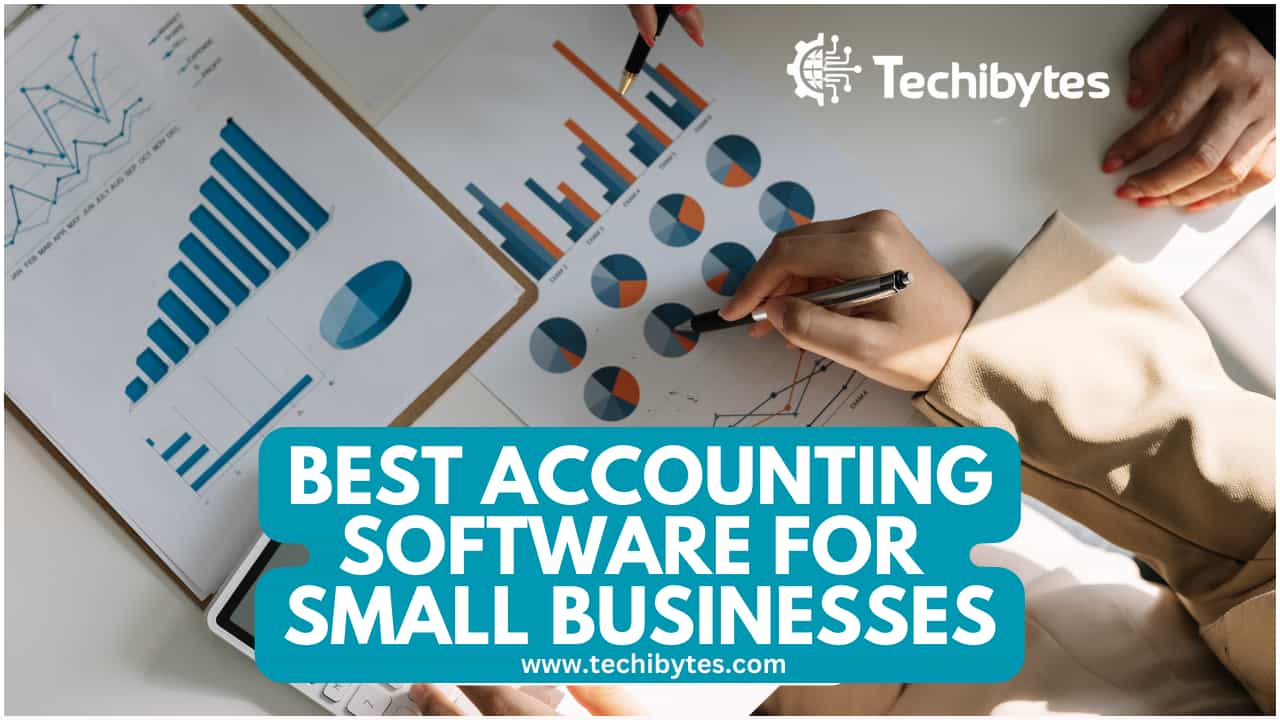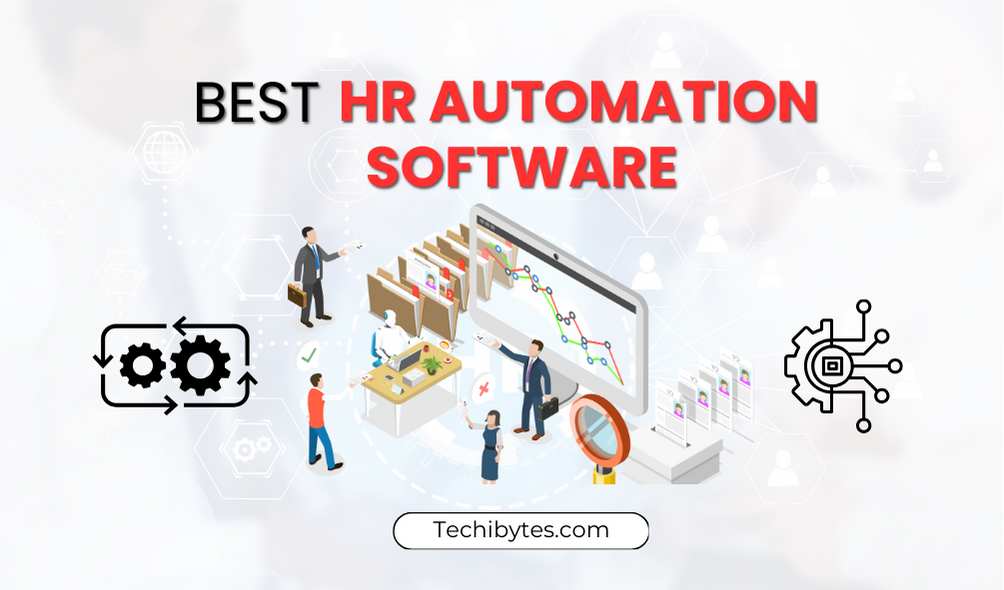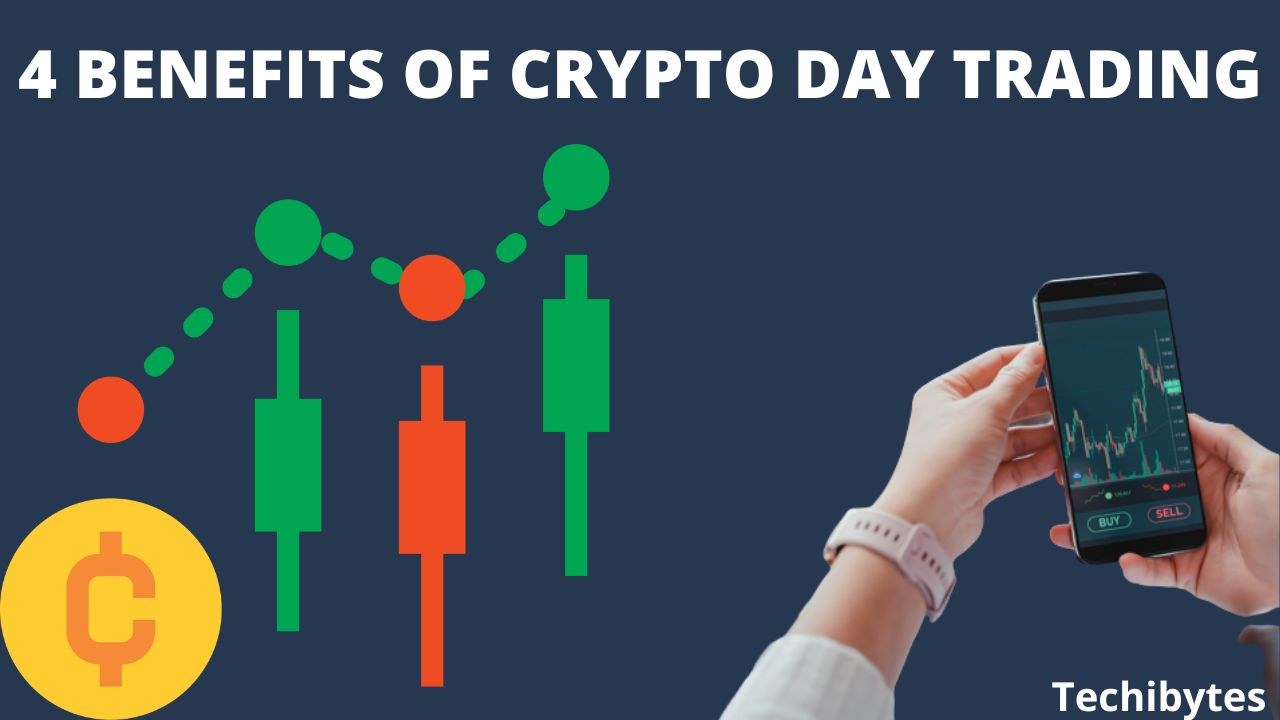Why do we need tools? What advantages do monitoring and evaluation tools give as humans within a functioning system? Survival questions are quickly answered the moment the need for them arises.
There is a saying that what you don’t measure, you cannot grow and that applies very much to many services and industries. What better way to measure stimuli and growth than through monitoring and evaluation tools specifically built for that particular entity?
Popular billionaire and tech entrepreneur, Elon Musk is one person who has made a lot of headway in his career as a businessman by using his intuition and backing it up with results derived from monitoring and evaluation tools. You don’t need to do much research to see the kind of companies Elon Musk operates and how well they’re doing.
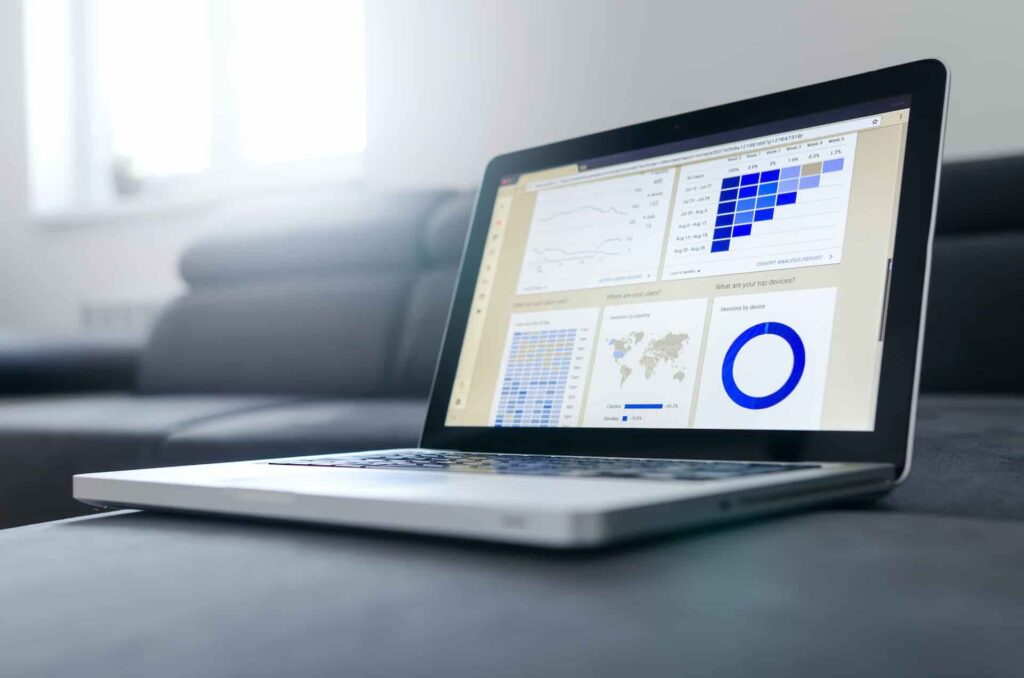
This article examines monitoring and evaluation, the relationship between the two terms and what monitoring and evaluation tools are available to use to your benefit. Read up!
Table of Contents
What is a tool?
A tool is a device or implement used for a specific function. A tool might be something tangible like a mechanical tool or something technological like a software application or web authoring tool. Additionally, a notion may be thought of as a tool. This is easily seen with political and religious ideologies.
The world has grown and tools have along with it. We no longer need tools in general but tools tailored to solve issues of interest to us. For example, you can perform your own calculations by hand or with tools.
If you wish to perform accounting, you can do that on paper, in an accounting ledger, in an Excel table, using accounting software, or even utilizing an ERP system.
As in monitoring and evaluation tools, we are not required to employ the most advanced tools at all times. Currently, we require tools that are appropriate, pertinent, and affordable.
Some AI tools you should know
What are monitoring and evaluation tools and how do they bring improvement?
Monitoring and evaluation tools are used for gauging and enhancing performance owing to properly conducted assessment of the results. It provides insight into how you are doing or how your team is doing and highlights areas for development.
Logically, the next question would be how one can use the outcomes of the monitoring and assessment to improve.
Improvement occurs when you utilize analytics to determine what needs work on your team. Instead of attempting to repair all of them at once, concentrate on the area where your team is performing well overall.
Also, before starting a new process or procedure, use the metrics to create a plan for how you wish to advance or expand. This tactic will direct your ongoing work.
What is the relationship between monitoring and evaluation?
Monitoring and evaluation are two crucial elements of management used to track and evaluate progress towards reaching goals. Despite the fact that they serve various objectives, they share a number of characteristics.
The systematic gathering and analysis of data is at the core of both monitoring and assessment.
While assessment is a more formal and planned process that often happens at critical moments in the project lifecycle, monitoring is the continuing activity of gathering data on project activities and outcomes.
Monitoring and evaluation data are used to analyze project goals’ progress and pinpoint areas that need improvement.
Second, decision-making is informed by both monitoring and evaluation. To make informed judgments regarding project operations and to change project strategies as necessary, data gotten from monitoring and evaluation tools are employed. This makes it easier to guarantee that the project continues on course and that resources are spent wisely to get desired results.
Recommended: 20 Best Time Management Apps
12 monitoring and evaluation tools
Here are different monitoring and evaluation tools that are needed to properly assess processes and inform decision-making in their different areas of application.
1- Logic models
Compass defines logic models as “program planning tools that define the inputs, outputs, outcomes of a program in order to explain the thinking behind program design and show how specific program activities lead to desired results.
Inputs include the resources, contributions, and investments that go into a program; outputs are the activities, services, events and products that reach the program’s primary audience; and outcomes are the results or changes related to the program’s intervention that is experienced by the primary audience.”
Logic models are monitoring and evaluation tools that include measures that will be used to determine if activities were carried out as planned (output measures) and if the program’s objectives have been met (outcome measures).
2- Performance indicators
Performance indicators are specific, measurable, and objective measures that can be used to assess progress and determine whether the program or intervention is achieving its objectives.
An organization’s performance is tracked via a performance indicator, which is one of the monitoring and evaluation tools that businesses use.
Production firms could, for instance, look at performance indicators related to the number of raw materials used, the number of flaws per manufactured lot, or the number of steps in your production process.
KPIs are more specific performance indicators, which are monitoring and evaluation tools that businesses that must thrive use to track their success. There are lots of apps that help track performance indicators such as Tableau, Domo, Style Intelligence and Grow.
3- Data collection tools
Amongst monitoring and evaluation tools are data collection tools, which are used to collect data. They might be software, an algorithm, or something else, but by selecting the best tool, the process’s success is determined.
These tools are built on various data-collecting techniques. Some of them ask clients directly about their preferences, while others keep track of what they do on the website or how they interact with various online and offline components.
To answer specified research questions, test hypotheses, and assess results, data collection is the act of acquiring and measuring information on variables of interest in a systematic and defined manner. Simple examples of data collection tools are Grammarly and Google Forms.
Although techniques differ depending on the profession, the need of ensuring accurate and truthful collecting does not change.
4- Data analysis tools
Data analysis is the process of modifying, processing, and cleansing raw data in order to obtain useful, pertinent information that supports decision-making. The process offers helpful insights and data, frequently displayed in charts, graphics, tables, and graphs, which lessen the risks associated with decision-making.
Every time we make a decision in our daily lives, we may observe a basic example of data analysis by assessing what has happened in the past or what will happen if we take that action.
In its simplest form, this process involves looking at the past or future and making a choice based on that analysis.
These tools—such as statistical software packages like SPSS, R, or Excel—are used to examine the data gathered.
5- Reporting tools
Dashboards, scorecards, and other reporting tools are used to inform stakeholders of the outcomes of the monitoring, measuring, and evaluating initiatives. These monitoring and evaluation tools are specifically for record keeping and bringing people up to speed.
In order to create comprehensible visualisations and interactive reports, reporting software transforms data from spreadsheets, databases, software-as-a-service applications, and several other data sources.
Business intelligence reporting is typically included in reporting software, but sophisticated reporting tools may integrate data from several sources, combine it, and present it in stunning ways. Additionally, it may transfer graphs to other platforms in the form of dashboards, PDF reports, and other formats.
6- Evaluation frameworks
Evaluation frameworks, such as the Theory of Change, the Logic Model Development Guide, or Results-Based Management, are organized methods for performing assessments.
The Theory of Change as one of the evaluation frameworks under monitoring and evaluation tools, for example, provides a thorough explanation of how and why a desired change is anticipated to occur in a specific situation.
It explains how you anticipate your program will produce the long-term results you aim for. It offers the rational justification and progression from project inputs and activities to project outputs to project outcomes to effect. Usually, a textual story and a diagram are both supplied.
The Theory of Change is quickly becoming a prerequisite for creating an assessment framework for evaluations. The most well-known software for the theory of change is the TOCO Software.
7- Cost-effectiveness analysis tools
The economic efficacy of a program or intervention is assessed using cost-effective analysis techniques, such as cost-benefit analysis, cost-effectiveness analysis, or cost-utility analysis.
Evaluations of options that take into account both the costs and effects are referred to as cost-effectiveness analyses. It is a decision-oriented tool made to determine the most effective way to accomplish specific objectives.
For instance, there are several alternative strategies for achieving objectives like improving literacy or STEM success.
These include the use of fresh materials or curricula, instruction, instructional media, technology-assisted learning, smaller sizes, and other initiatives.
When properly implemented, it’s feasible that each of these options will boost accomplishment. The option with the greatest visible effect is frequently the one that is recommended.
8- GIS and mapping tools
Users may display, query, analyze, and interpret geographic data using a geographic information system (GIS), which is a monitoring and evaluation tool as well. It aids in understanding and problem-solving for relationships, patterns, and trends.
Many geoscience sectors, as well as land-centric businesses, utilize GIS to handle geographical data in order to optimize operations. To study and evaluate real-world issues, GIS gathers, combines, and manipulates attribute data from maps to a company’s reporting systems.
To allow in-depth study and make the most effective use of the available data, GIS data often presents many types of data on a single map. To improve its analytical capabilities, GIS frequently interacts with CAD, BIM, and other drawing and design tools.
9- Social monitoring tools
The most effective approach to learning what people are saying about you or your business is by using social media monitoring tools. This is one of a set of monitoring and evaluation tools that help you find out what people are saying about your new logo, your industry, your rivals, your market, and your product.
For companies who wish to pay attention, social media monitoring software gathers and delivers audience and rivalry information. Social media monitoring is crucial for companies to flourish on social media and be good social citizens.
Following social monitoring, you should go on to social listening. Taking action is part of social listening, in addition to acquiring and evaluating metrics.
10- Cloud monitoring tools
Gaining visibility into your cloud-based infrastructure, services, apps, and user experience is done through cloud monitoring; one of the key monitoring and evaluation tools in today’s growing internet infrastructure needs.
You can examine, evaluate, and forecast the performance and availability of the whole infrastructure using cloud monitoring. You should be able to see your system from above and dig into each asset individually with a full monitoring solution.
A cloud monitoring tool gathers observability data from your whole IT infrastructure to operate. It then analyzes the data and displays it in a way that is understandable to people, such as charts, graphs, and alerts.
A top-notch monitoring tool will include API communication capabilities as well. Good examples are Appdynamics and Datadog.
11- Real-time API performance monitoring tools
It is possible for two systems to connect with one another using an API in real time. In essence, an API offers the language and contract for how two systems communicate with one another. The documentation and requirements for each API specify how data can be sent.
Application Programming Interfaces are monitored in order to get visibility into their performance, availability, and functional accuracy. This process is known as API monitoring and it is one of the very important monitoring and evaluation tools in the IT industry.
You may assess the performance of your apps and enhance underperforming APIs with the aid of solutions for API monitoring. They give metrics of how much time is spent processing a transaction, how frequently it is called, from where it is called, and how long it takes to complete a procedure.
12- Service performance monitoring tools
You cannot keep track of all the elements that might affect service performance on your own since there are too many of them. Utilizing service performance management solutions will enable you to maintain system functionality and prevent emergencies.
With the right application analytics and management, you can stop issues before they lead to users calling support. This possible eventuality is what monitoring and evaluation tools like this help to put in check.
Whether you run all of your services in-house or choose off-site solutions, your IT support approach will determine the service performance management platform you use. Your organization’s size and IT budget will both be important considerations.
Read this: 20 Best Universal Remote Control Apps
CONCLUSION
Monitoring is just keeping an eye on things, whereas assessment involves making a decision based on predetermined standards for one or more traits or features. As shown in this text, monitoring and evaluation tools provide data, analyze it, and generally aid in decision-making.
If you liked this article, then please subscribe to our YouTube Channel for videos relating to this article. You can also find us on Twitter and Facebook.
REFERENCES
- https://thecompassforsbc.org/how-to-guide/how-develop-logic-model-0
- https://www.clearpointstrategy.com/blog/18-key-performance-indicators
- https://www.theoryofchange.org/toco-software/
- https://link.springer.com/chapter/10.1007/978-94-010-0309-4_10
- https://techibytes.com/importance-of-social-media-listening/
